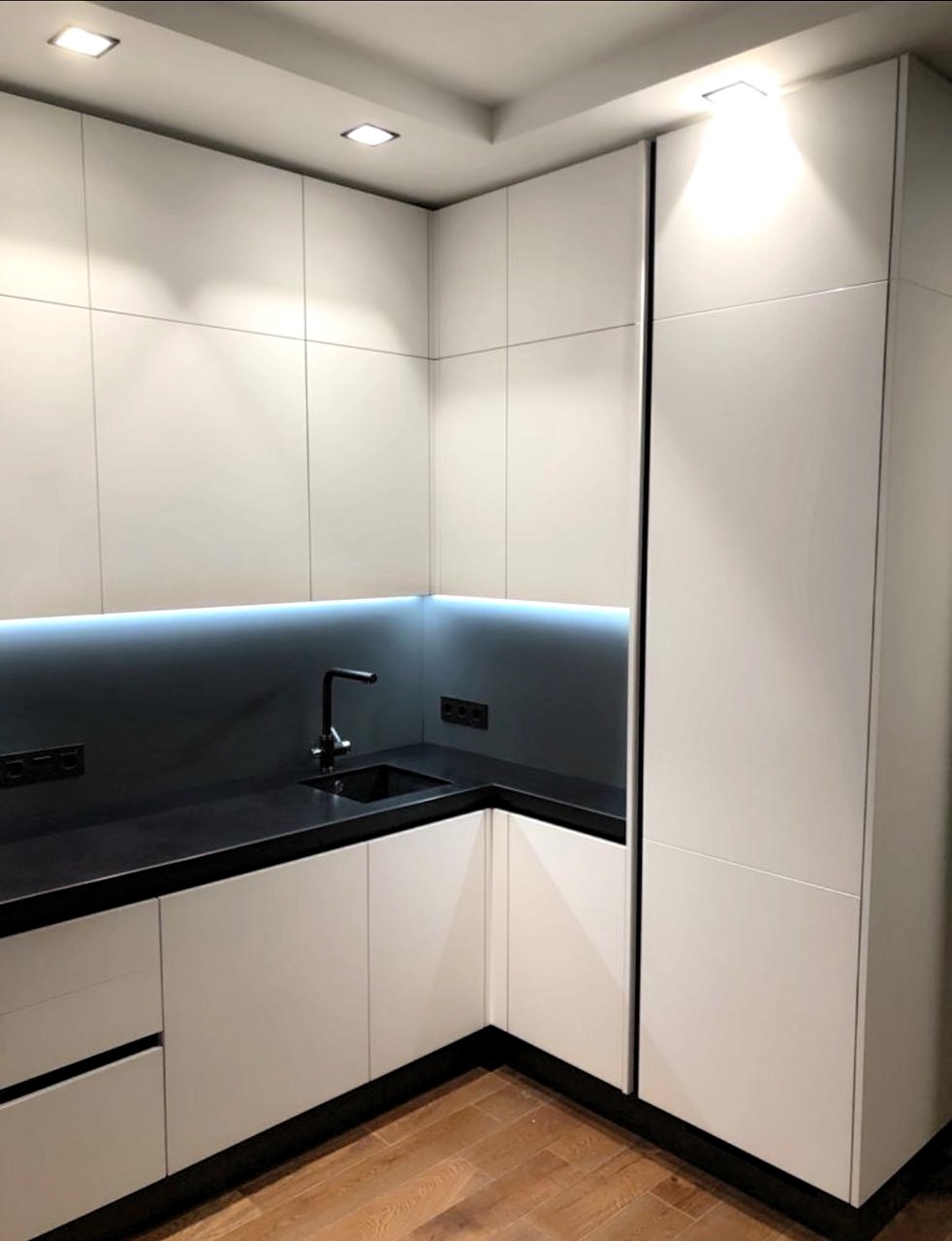
Harmonious Kitchens, Seamless Living
In today's fast-paced world, the kitchen is no longer just a place for cooking. It is the heart of the home where families come together to share meals, experiences, and create memories. Therefore, achieving a harmonious kitchen design that blends seamlessly with your living spaces is essential for a cohesive and functional home environment.
The Integrative Design Approach
Adopting an integrative design approach is key to creating a kitchen that fits naturally with the surrounding living areas. This method involves thoughtful planning and a clear understanding of the flow between spaces. Everything from the layout, color scheme, and materials should be considered to ensure a smooth transition from the kitchen to other areas of the house.
Color Continuity and Material Consistency
To create fluidity within the home, color continuity is crucial. Choose a color palette that complements both the kitchen and living space, creating a visually appealing and unified look. Similarly, material consistency plays a significant role in harmonious design. Consistent use of materials like wood, stone, or metal throughout can subtly link the kitchen with the living areas without diminishing their individual character.
Functional Spaces and Smart Storage
A harmonious kitchen also needs to be functional. Opt for smart storage solutions that minimize clutter and maximize efficiency. Integrating appliances into cabinetry and implementing clever organizational systems can help achieve a tidy and orderly kitchen that blends smoothly into the living space.
Lighting Techniques for Cohesion
Lighting is a powerful tool for unifying spaces. Using similar lighting fixtures, brightness levels, and color temperatures in both the kitchen and living areas can create a cohesive atmosphere throughout. Consider adjustable lighting to cater to different activities and moods, from food preparation to relaxed entertaining.
Open-Plan Living and Zoning
Open-plan living designs offer a physical blending of kitchen and living spaces. This approach requires careful zoning to delineate separate areas while maintaining an overall sense of unity. Using elements like kitchen islands, breakfast bars, or differing floor levels can help define these zones without disrupting the open feel of the space.
Conclusion
In conclusion, a harmonious kitchen with seamless integration into living spaces can significantly enhance the comfort and functionality of your home. By considering design continuity, color and material consistency, storage, lighting, and smart zoning, you can create an environment that facilitates a smooth transition between cooking, dining, and relaxation. Embrace the principles of harmonious design to transform your kitchen into a central hub of seamless living.
```